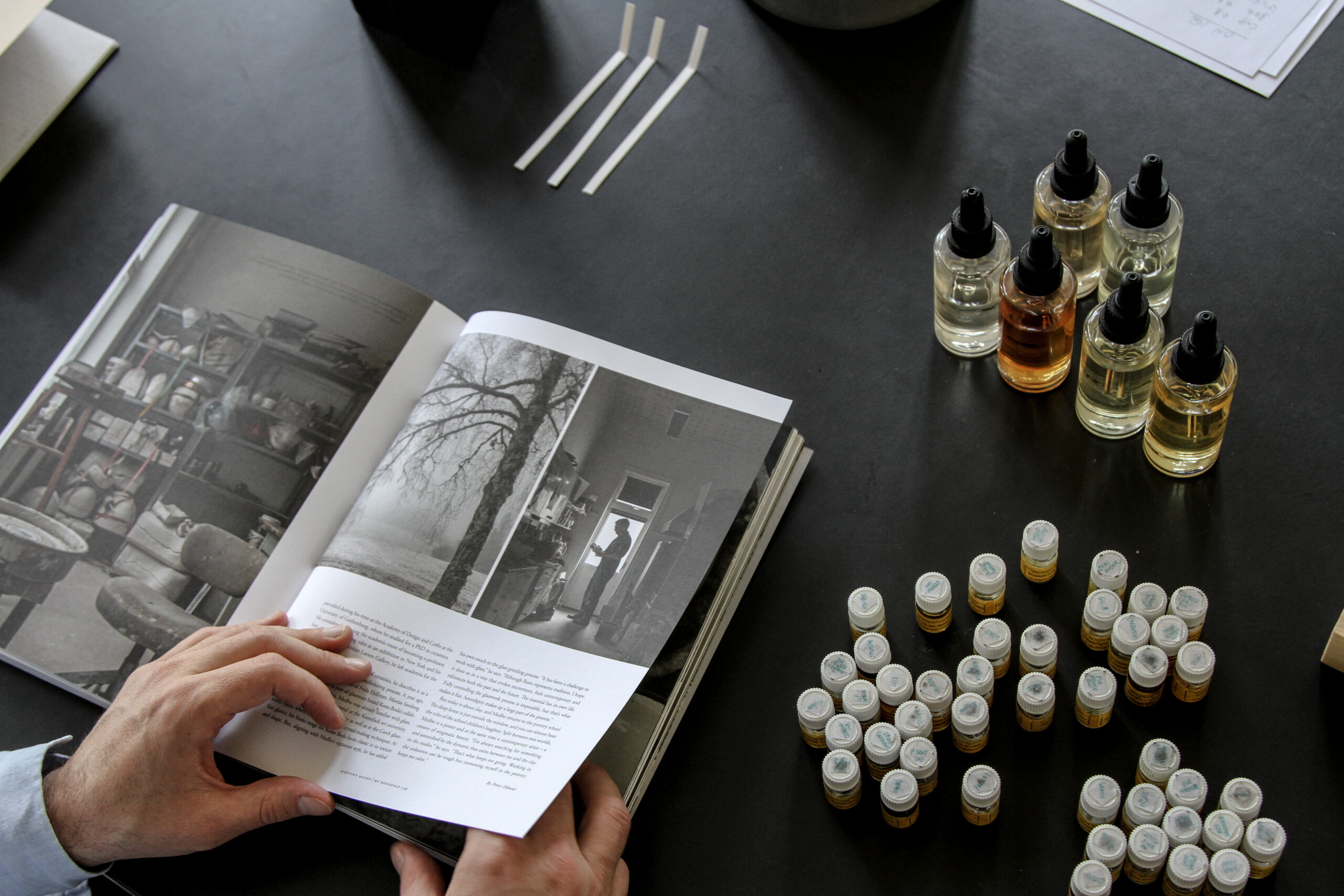 Use of corrugated fibre cement gives a rural industrial feel|||
Use of corrugated fibre cement gives a rural industrial feel|||
Atrium Studio in the south Devon town of Ashburton is a new school for students aged 13-19, specialising in the built environment. Just on the edge of Dartmoor, the school by Satellite Architects is the first of its kind in the south west and was completed in December last year.
As the construction industry grows, both local and national employers have identified increasing skills shortages in the south west. The new studio school was built with this in mind, to improve opportunities for young people in the area and provide up to 375 students with a combination of academic and vocational training to put them in good stead with future employers and universities.
 The undulating waves of the roof create a dynamic form
The undulating waves of the roof create a dynamic form
The school needed “a building that was light, relatively industrial and studio-like”, says James Harper, director of Satellite Architects – a space that had the feeling of being “more like a workplace than the traditional school environment”.
The building was designed to fulfil the unique approach of the school and to inspire the future construction and architecture professionals within its walls. So important is the building’s design to the school’s culture that its triangular plan forms the “A” of the school’s logo.
 A pared back-interior demonstrates how the building parts interact
A pared back-interior demonstrates how the building parts interact
Atrium Studio was built within the existing campus of its sister school, South Dartmoor Community College. Its plan was formed in response to the beautiful, mature trees that have grown on the site for years and which created its triangular footprint – the school was arranged in three blocks around a central atrium.
A distinctive exterior helps establish the school’s presence within the wider site. For the roof, dynamic, folding bays rise at both ends of the building. These waves “give a rhythm” to the outside of the building, and internally help to shape a variety of spaces. Corrugated fibre cement adds a rustic feel, providing a contrast with the large, metal panels.
 Clear signage and simple circulation help use space efficiently
Clear signage and simple circulation help use space efficiently
The main entrance to the school is located at the narrow end of the site. This creates a visually dramatic route into the studio and gives a stronger sense of size and space when visitors reach the central atrium. The natural focal point of the triangular plan, the atrium is used for assemblies, dining, studying and socialising. An open gallery overlooking the atrium space provides circulation for the first floor.
The atrium is a bright, accessible space, much lighter than the formal teaching areas (which are required to meet performance standards for acoustics and lighting). The light opens up the rest of the building too as “all the other spaces are lit from both sides, both inside and outside”.
 Use of colour creates a lively space from utilitarian elements
Use of colour creates a lively space from utilitarian elements
Circulation has been kept simple throughout. Dead ends and out-of-view areas were avoided as part of anti-bullying measures and to encourage students to use connecting spaces for multiple functions such as socialising and working, both independently and collaboratively. Perhaps the definitive aspect of this design is that the building itself has been used as a learning tool.
Informative graphics are incorporated into the interior design and students can see the loading on each structural element – even the air ventilation system is on display.
 Circulation areas double as spaces for working and socialising
Circulation areas double as spaces for working and socialising
“Elements of the building were stripped away [so it] could be used as an example of construction methods… Instead of covering something in plasterboards, elements are left open,” Harper explains. “All the steel is on display, even where there are acoustic ceilings you can see through to the layers behind… The sizes and the forces that are created within the steels are labelled on them and the whole energy use of the building is displayed within the central hall.”
The school plan forms the pattern on the balustrade of the feature stair that connects the two floors. Once again it’s about “making the students aware of the building that they’re in”, says Harper.
 Technical details are spelt out on the beams above the atrium
Technical details are spelt out on the beams above the atrium
The architects balanced these exposed structural elements with splashes of bright yellow. The colour was used to define the atrium and the two entrances to the building, and to distinguish between the different types of classrooms – a great choice to contrast with the robust material palette.
All in all, it’s a mature and practical space, with an open collaborative atmosphere. “The most important thing was that when you have this very stripped-down aesthetic, it doesn’t become too utilitarian,” says Harper of the interior touches. “It’s about giving a real sense of identity to the school and a liveliness to the space.”
Satellite Architects’ specialist school for students of the built environment has been designed to mix work and learning























